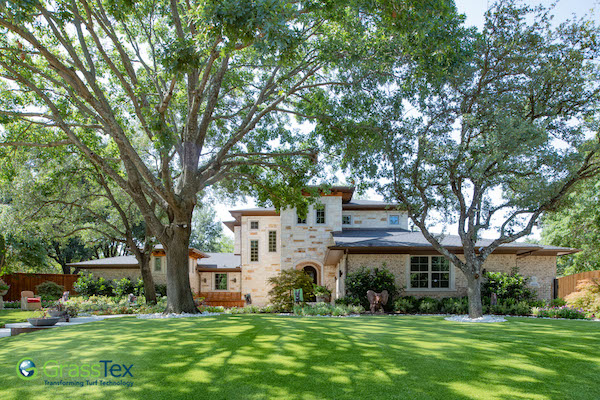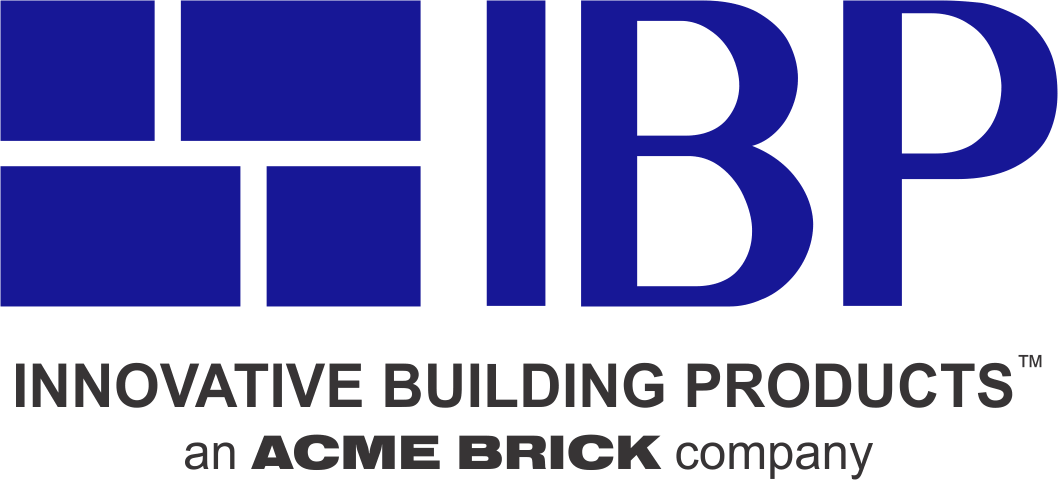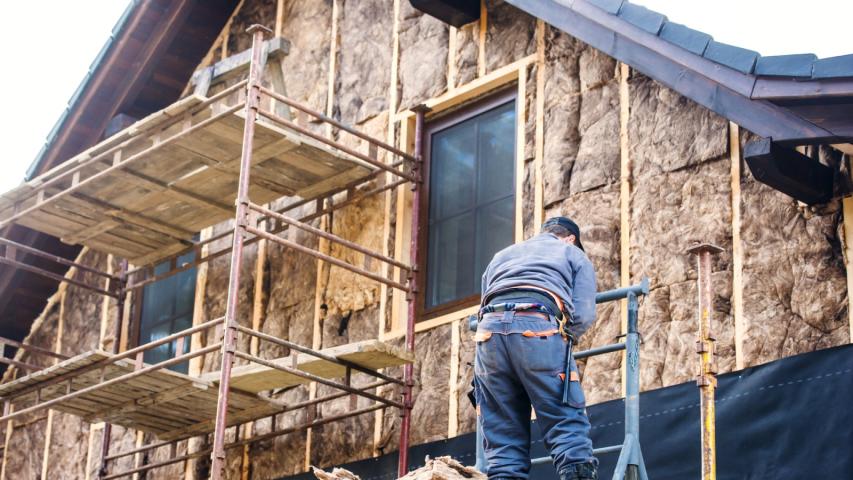There was a time in the not-so-distant past when the word “sustainability” almost never came up in conversations between potential home buyers and their builders. We live in a different world now.
Consumer surveys have shown renewed interest on the part of home buyers in sustainability. Why? A sustainable home respects not only the planet but also the homeowner’s pocketbook. Here’s a checklist for discussing sustainability with your clients.
8 Ways Your Clients Can Go Green
Build a Brick Home
Brick is not only timelessly elegant, it is a naturally sustainable material. The clay is mined from the ground and then fired into its final form. Brick from Acme Brick is available in a wide range of vibrant colors and sizes, and its colors never fade, even after centuries. Hard firing also makes brick virtually indestructible. As result, brick needs next to no maintenance, which saves natural resources and money that might be required for wood and synthetic building materials.
Proper Insulation Pays Big Dividends
According to House Beautiful, “By making a home more efficient at trapping in the heat, you will cut heating bills and use less fossil fuels. A draft excluder is one of the quickest and cheapest ways to keep your home warmer, and you can also think about insulating your home with thermal wallpaper along with loft or basement insulation.”
Window Treatments Work
According to the experts at Biofriendly Planet, “The curtains and blinds are not just for keeping nosy neighbors away. They are also there to keep the heat and cool air outside. Despite keeping your windows closed, heat and cold air can still creep in. If you don’t have a big tree to protect your home from the sun during the summer months, your home can feel like an oven.
“Upgrading your curtains and blinds is definitely a great way to maintain the temperature and make your home more environmentally friendly. Using the AC all day every day is definitely not.”
Hot Water Is a Waste
According to Energy Star, up to 90% of the energy used by a washing machine goes toward heating water. Many eco-experts suggest skipping the ”heat” and using your washing machine on the cold-water setting. This way, carbon dioxide emissions are reduced. Washing in cold keeps your clothes in top condition for longer, as hot water can break down the fabric and make your colorful clothes less vibrant. This is a simple solution that has a big impact on energy use.
Upgrade to a Programmable Thermostat
This source points to the savings found in better thermostat technology. “Get green by installing a programmable thermostat to monitor your cooling and heating systems. A thermostat can reduce the cost of your utility bill and make your home eco-friendlier at the same time.” Once this is installed, reducing the temperature setting in the winter and increasing it in the summer will enable sustainable savings on gas and electricity.
Swap Regular Light Bulbs for LED Bulbs
How many times a day are the light switches in a home turned on? Dozens and dozens of times! Biofriendly Planet advises, “Investing in the right energy-efficient light bulbs makes a huge difference. You will not only use less electricity, but you will also make your home more environmentally friendly. No matter how tempting incandescent bulbs are, LED bulbs are a better alternative. They last longer, are eco-friendly, and they help you save money in the long run.” Many also produce a warm glow that’s a near-exact match for the soft white incandescent bulbs we grew up with. Win/Win!

Synthetic Turf Saves Water and Energy
Aside from the destruction of natural lawns by the blistering sun and a dearth of adequate rainfall, there are many reasons for the rise in the popularity of synthetic turf. Ultimately, it comes down to two words: economic sustainability. Traditional lawns that must be planted, cultivated, fertilized, watered, and constantly trimmed no longer make economic sense, and most likely have not been viable for many years. Plus, rates for water, the cost of fuel for maintenance, and labor expenses are at or near all-time highs. When these factors are compared to the up-front investment in synthetic turf, the ROI on a product like GrassTex, available from Acme Brick, is realized sooner than ever before.
Energy Star Appliances
Almost all the recent advances in home appliance technology have been geared toward energy efficiency. For older homes, this means that a kitchen stove, refrigerator, clothes washer/dryer, or dishwasher that is 10 years old or older is most likely costing more in utility expenses than it is worth.
Energy Star, the US government’s official energy-saving office, has a comprehensive list of all home appliances that meet its rigorous standards for efficiency. Click here for the complete list.
If you are an architect, interior designer, or home builder, Acme has products that your clients might want in their new home build. Click here for product ideas, or contact us to speak to a product expert.

